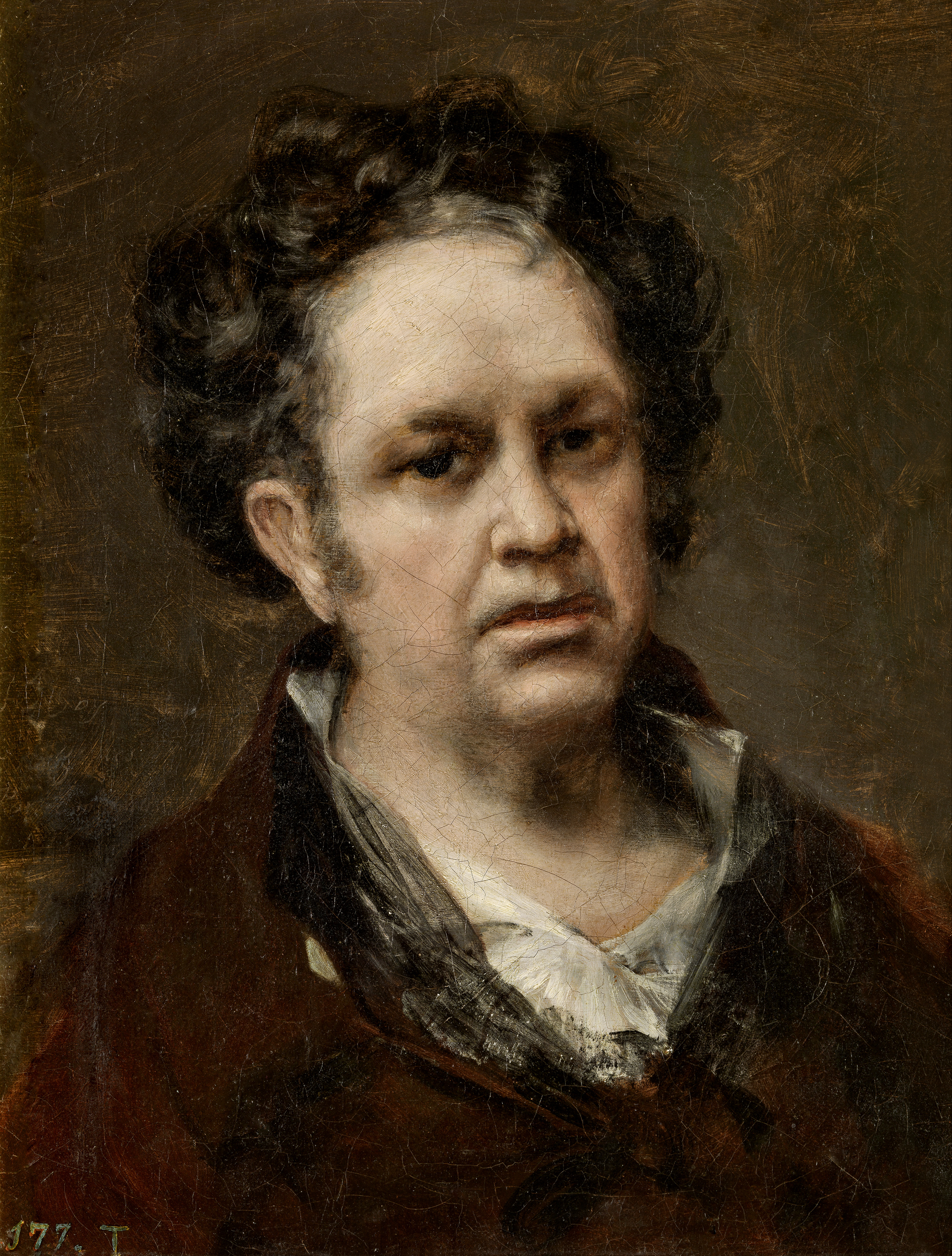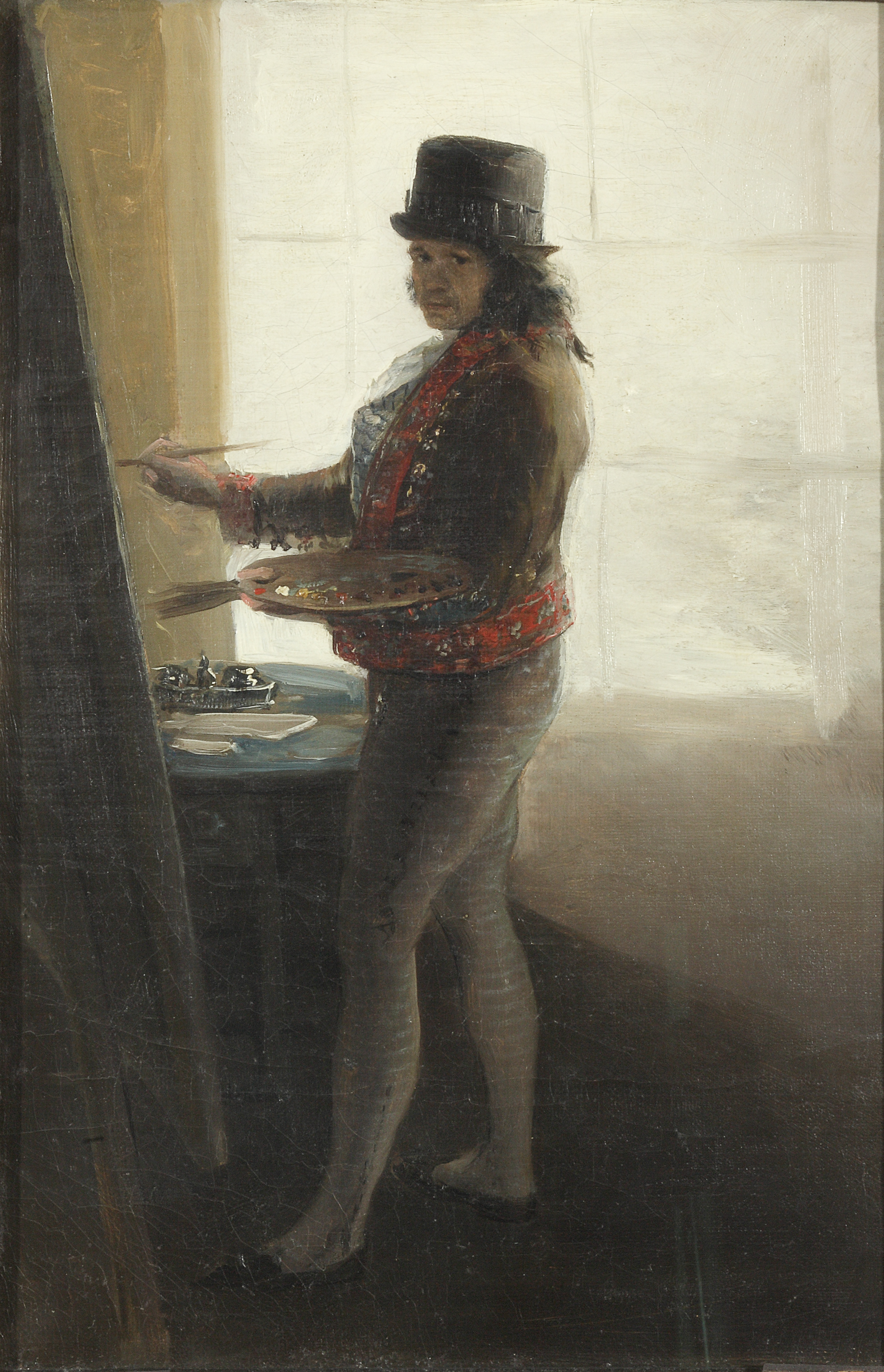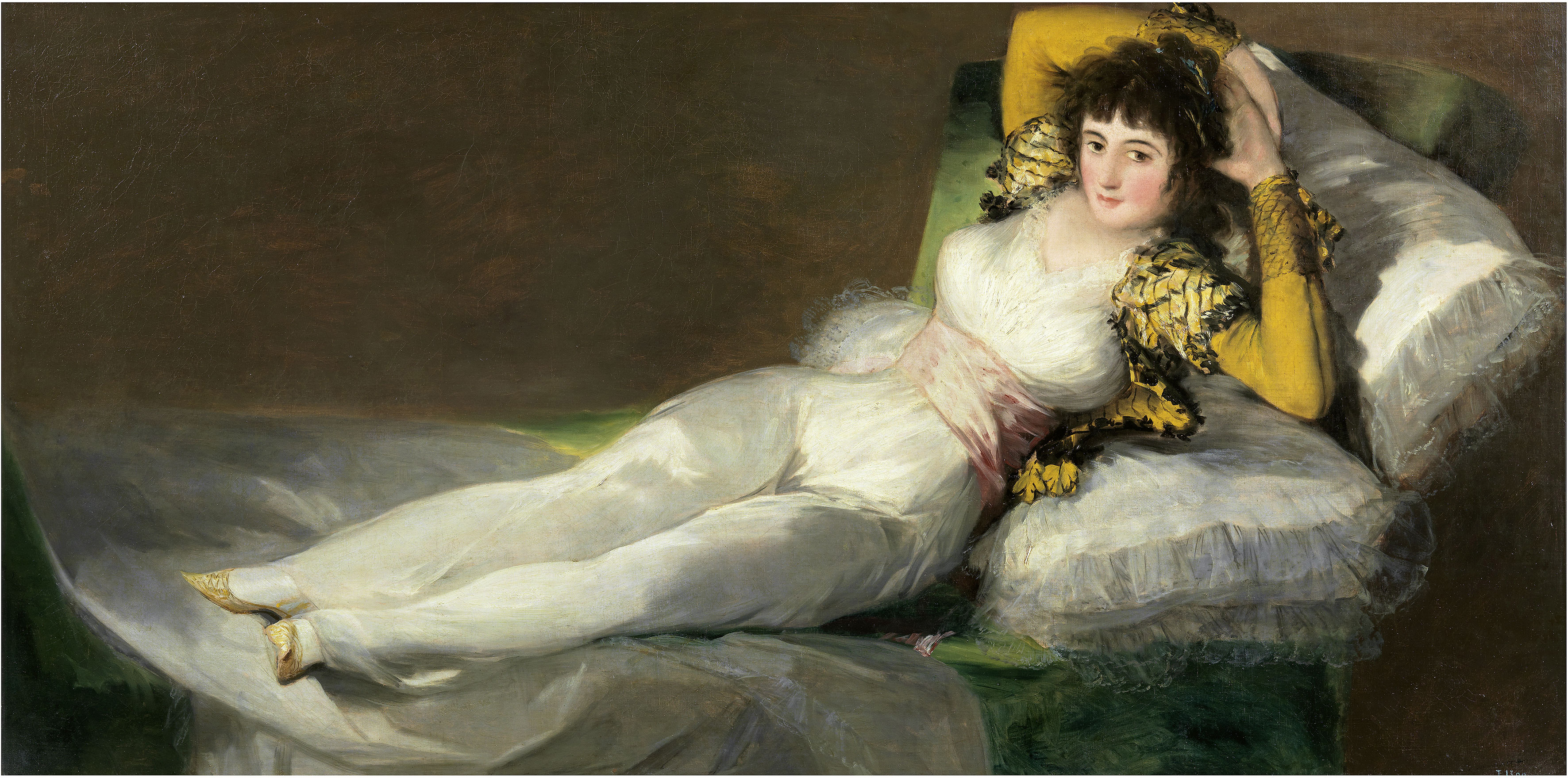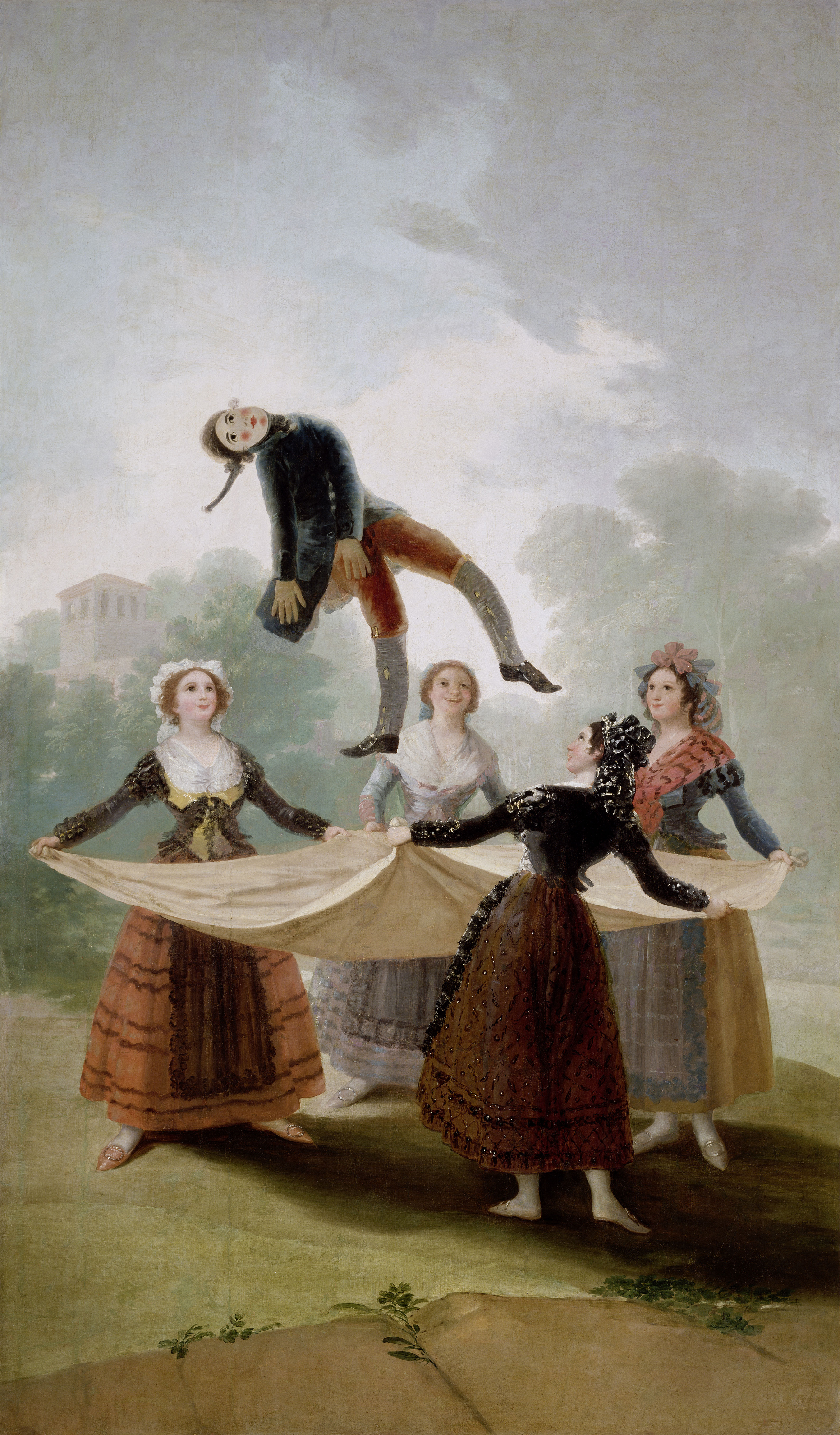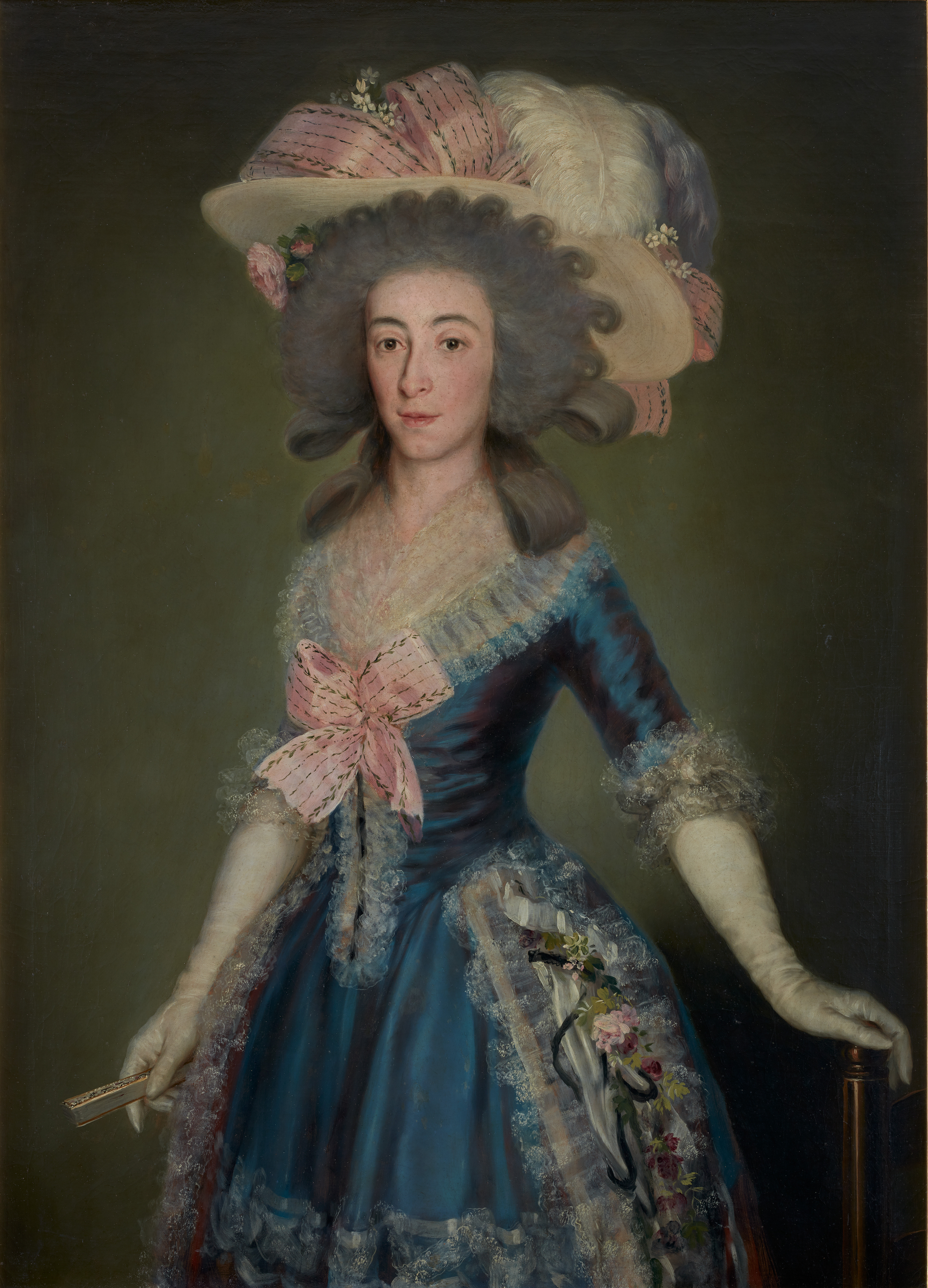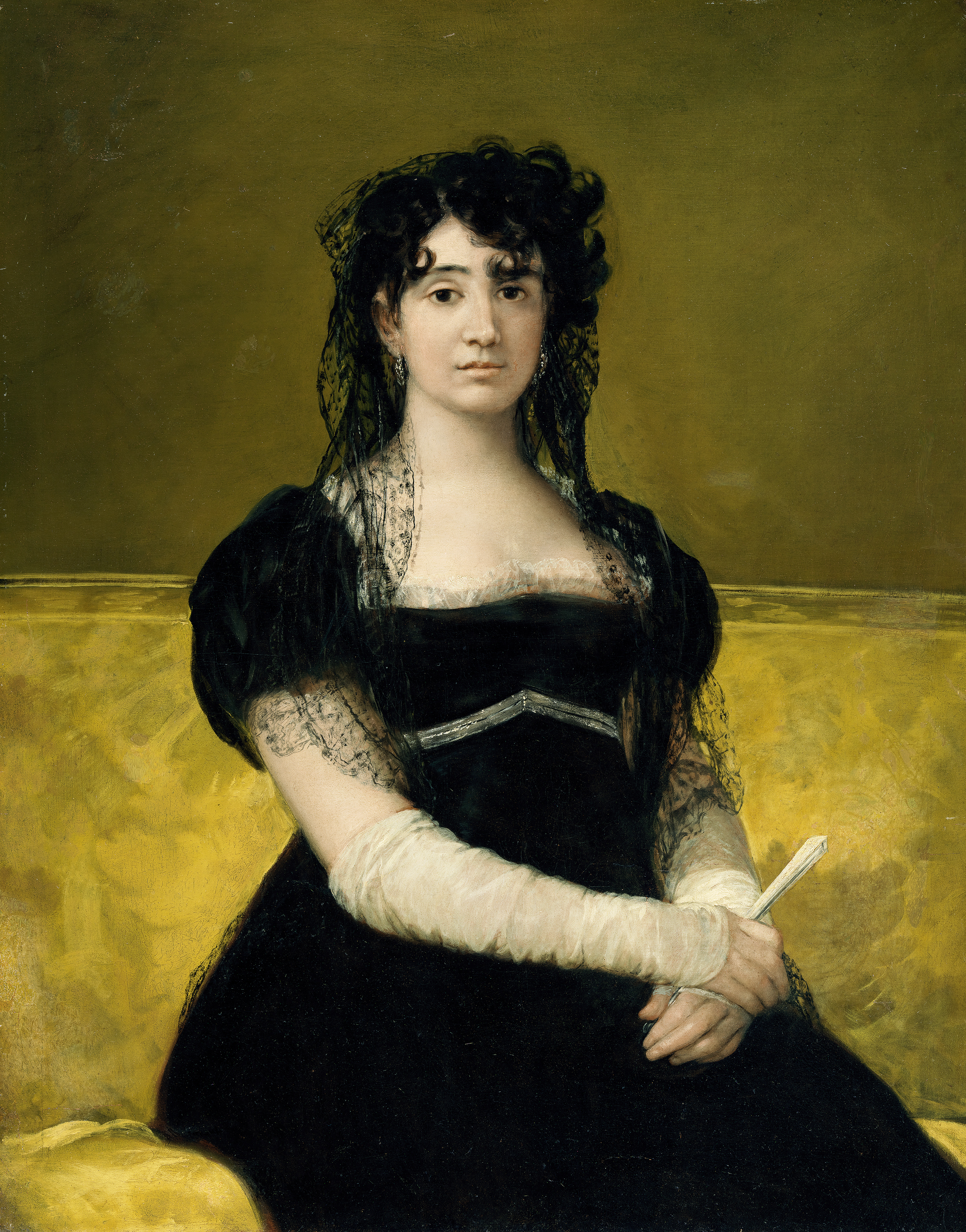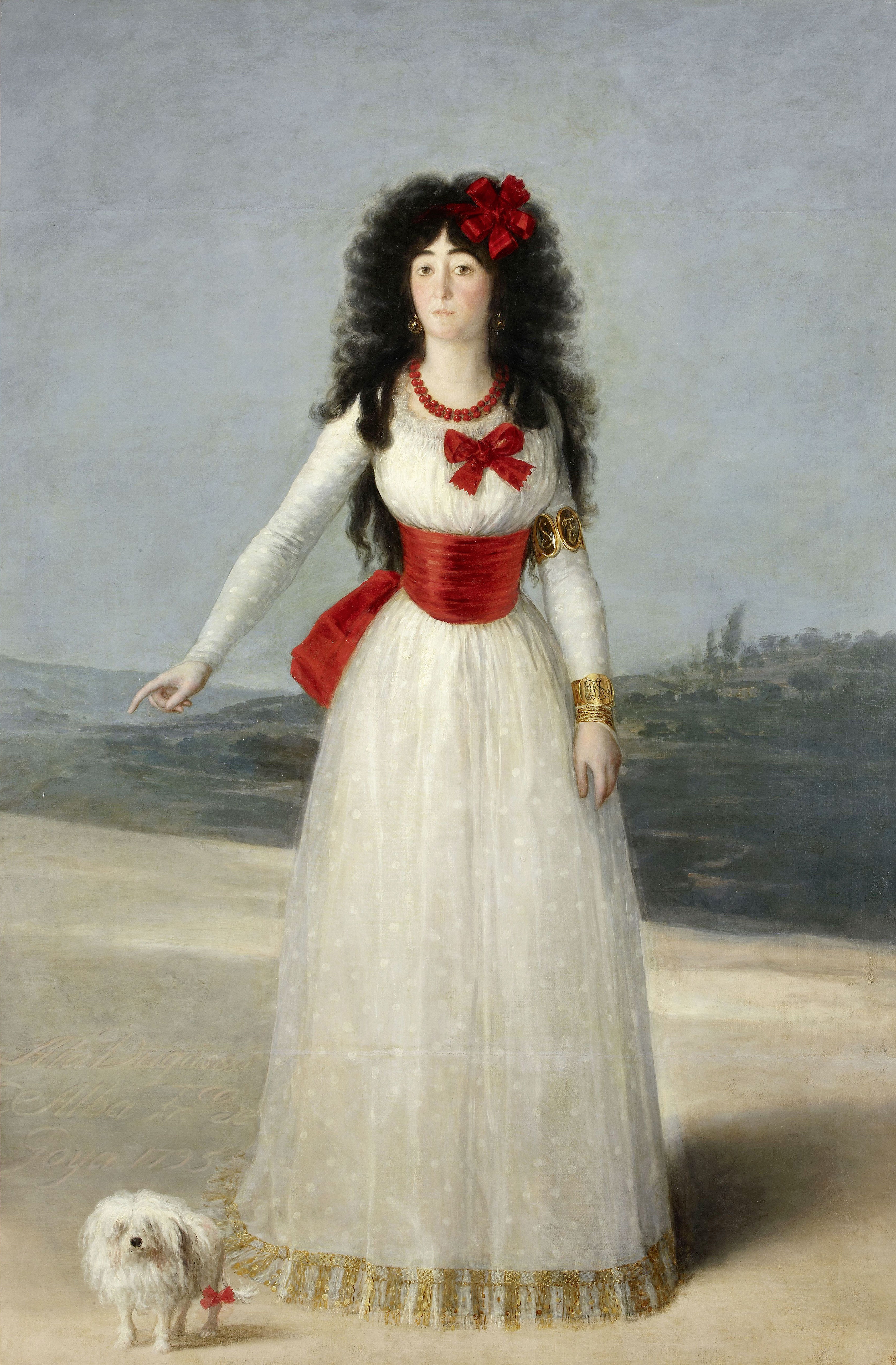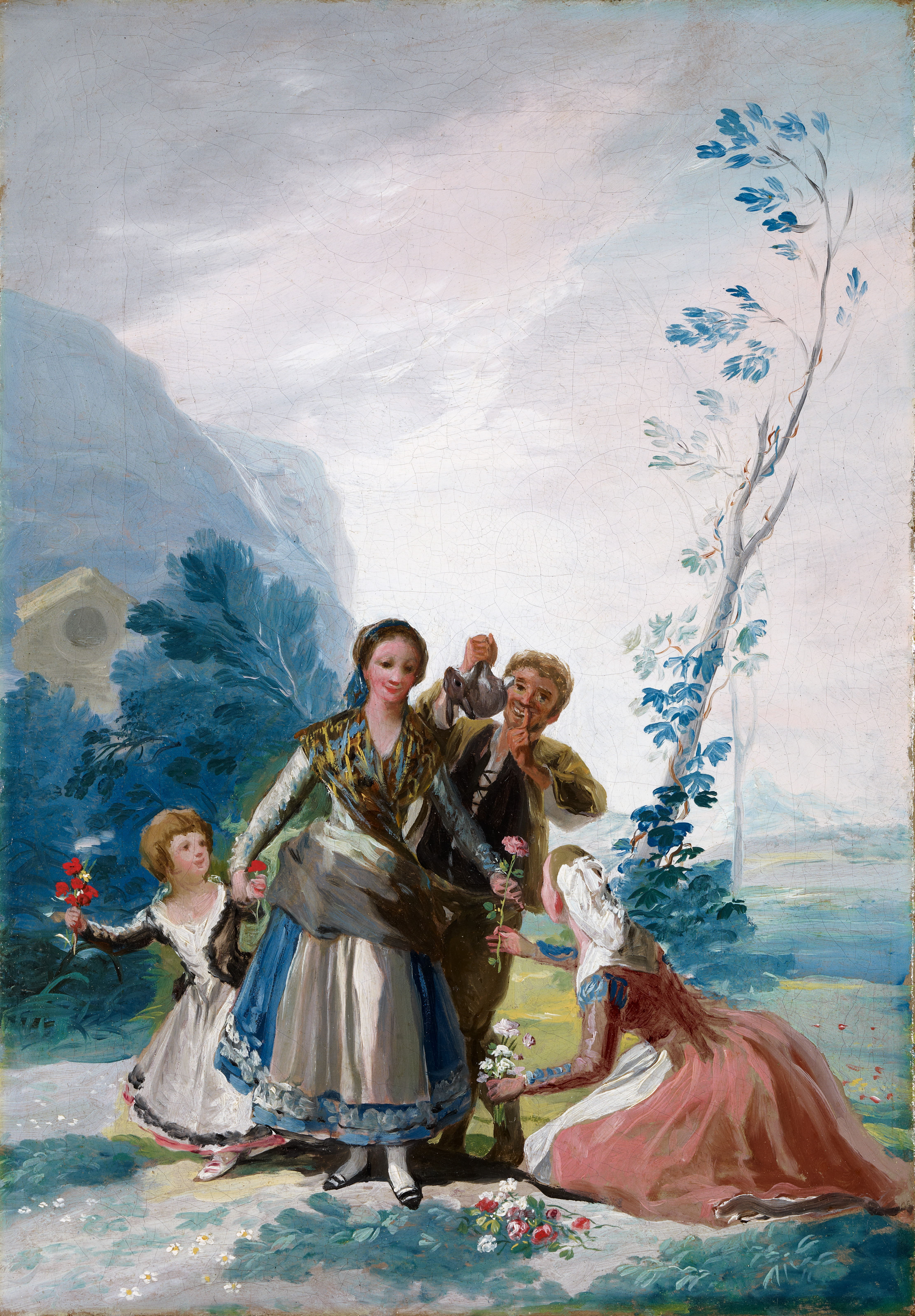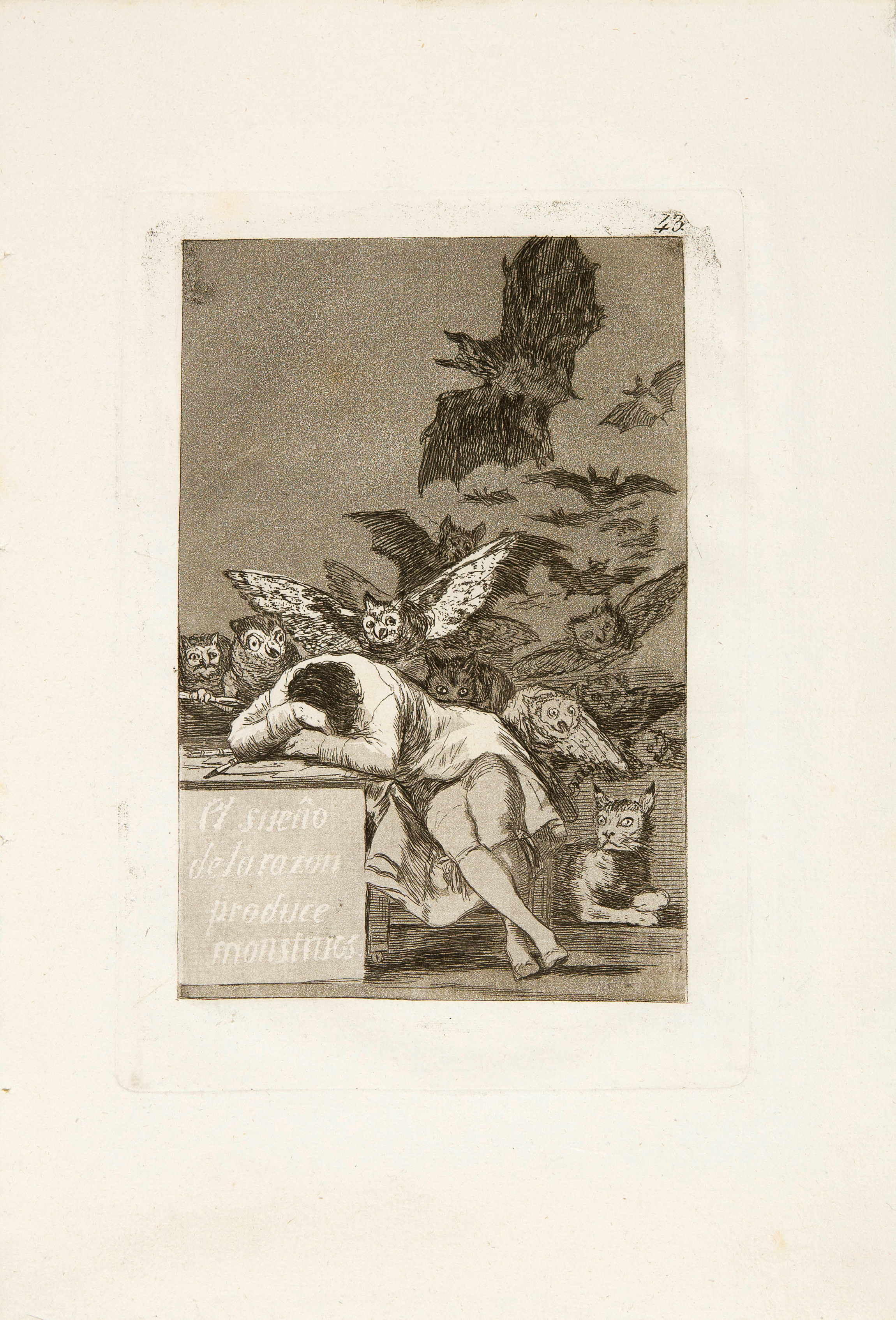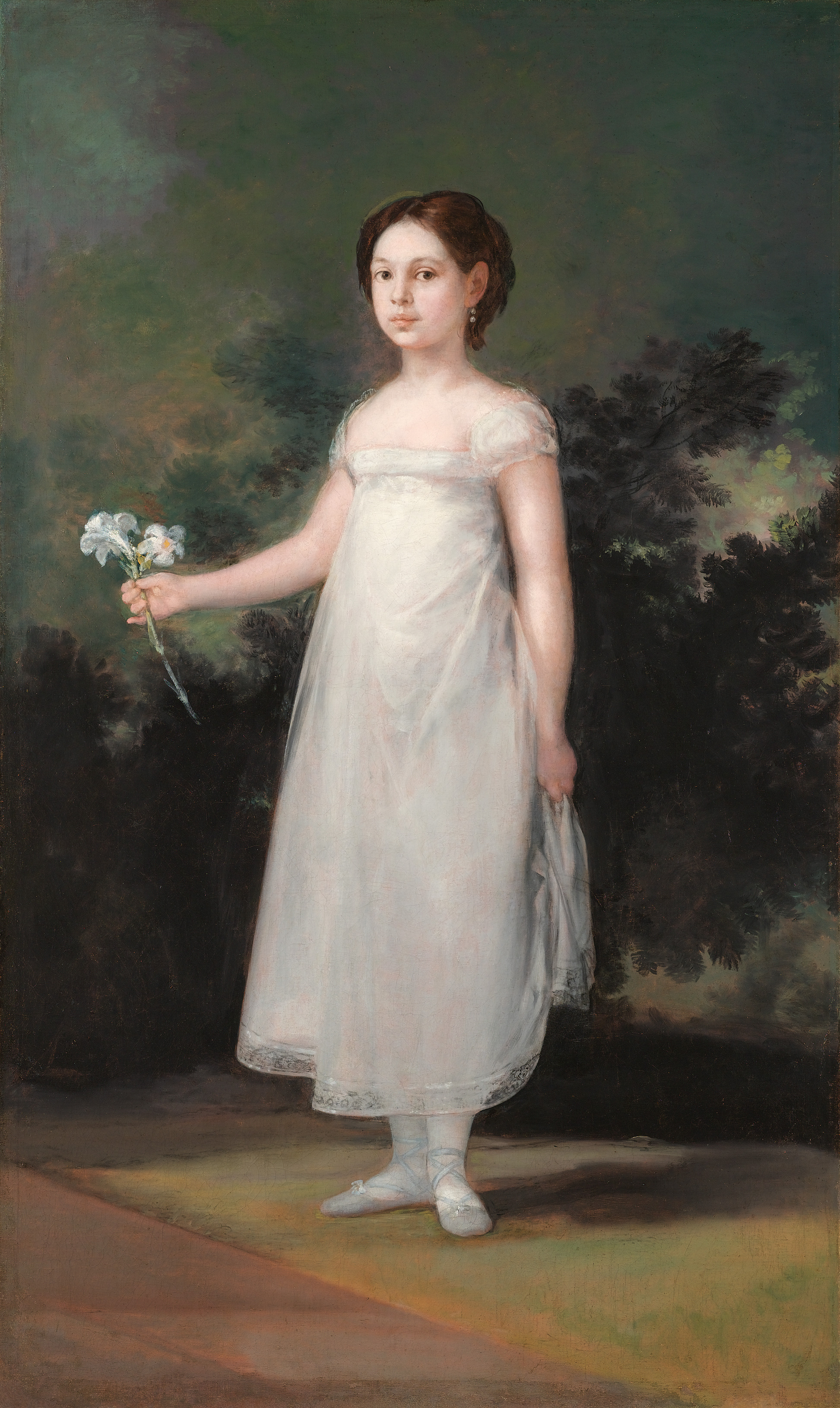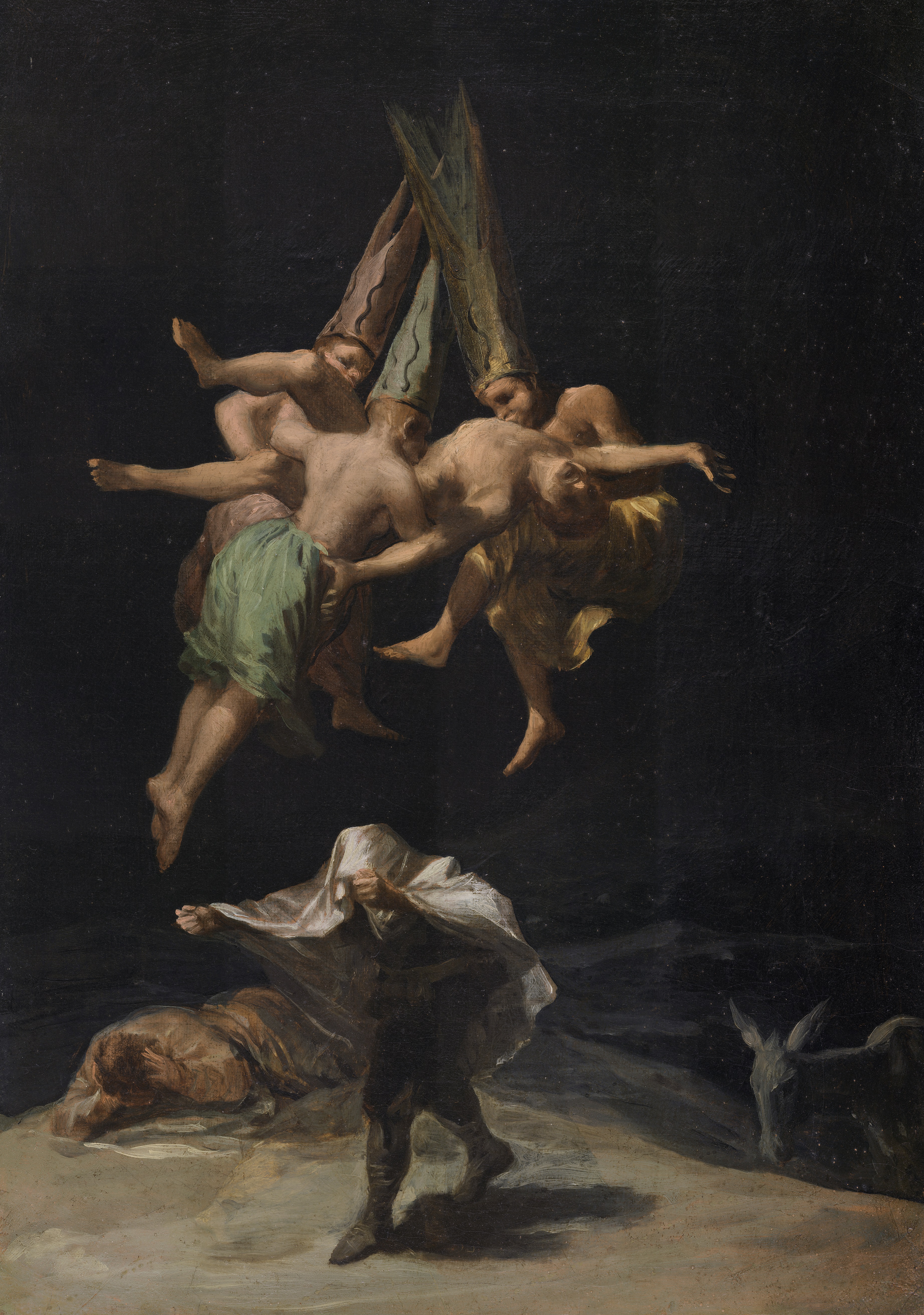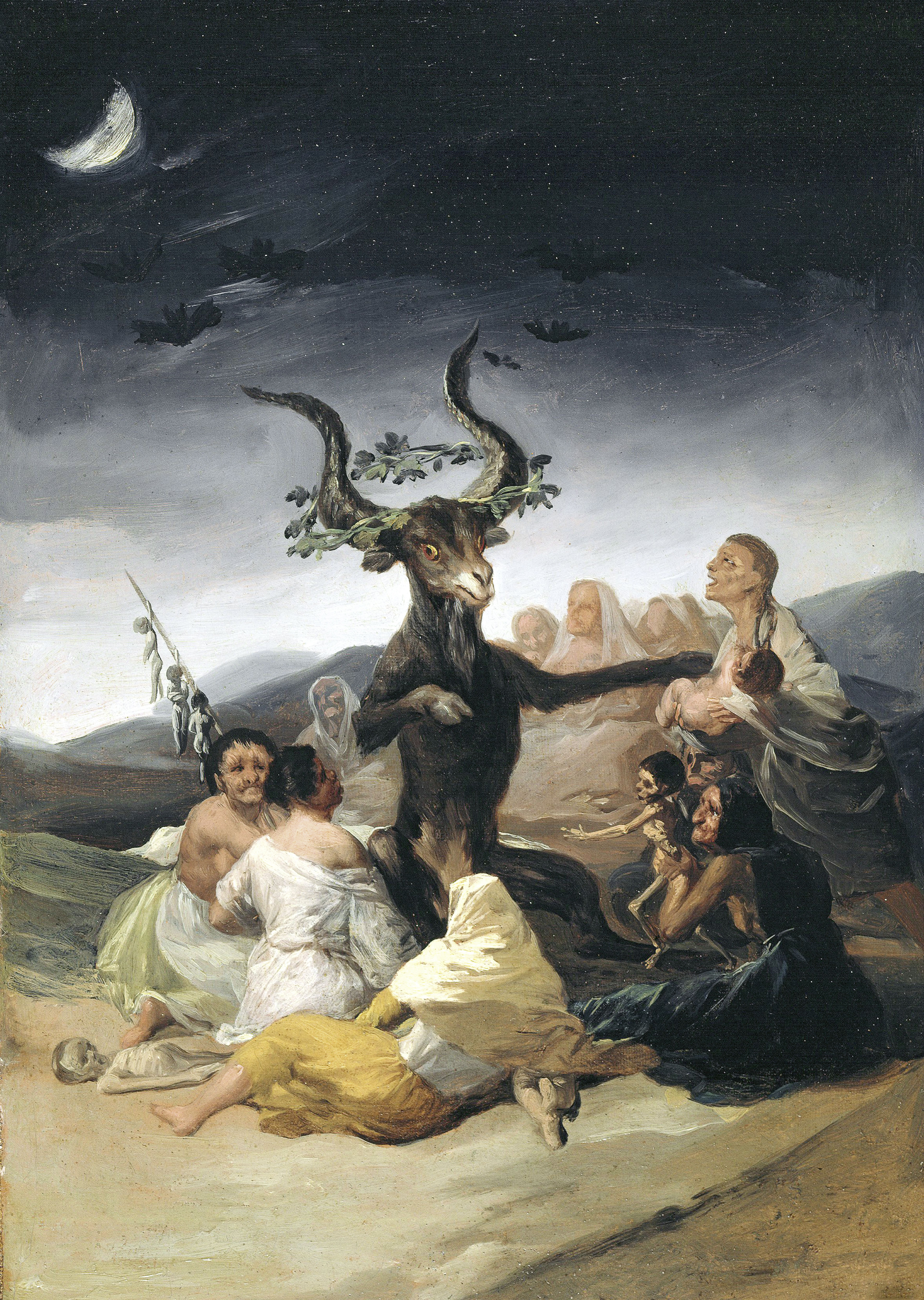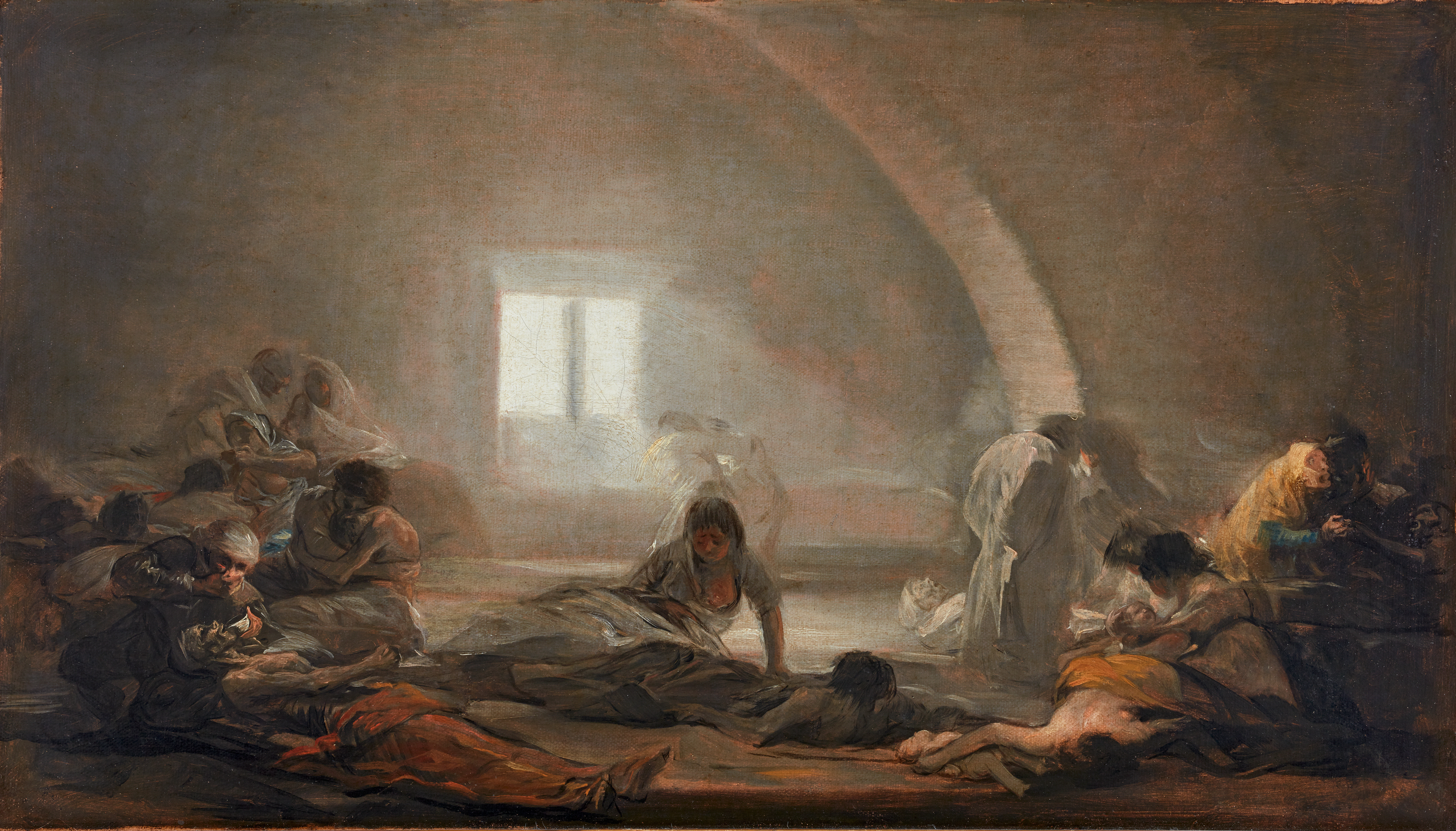Fondation Beyeler
10 October 2021 – 23 January 2022
Francisco de Goya, Still Life with Golden Bream (Besugos), 1808–1812. Oil on canvas, 44.8 x 62.5 cm. The Museum of Fine Arts, Houston, Museum purchase funded by the Alice Pratt Brown Museum Fund and the Pratt Foundation Accessions Endowment Fund, 94.245. Photo: © The Museum of Fine Arts, Houston .
Goya 275 years after his birth, the Fondation Beyeler presents one of the most significant exhibitions ever
devoted to Francisco de Goya – one of modern art’s major trailblazers. For the first time, rarely displayed
paintings from Spanish private collections will be shown alongside key works from distinguished European
and American museums and private collections. The exhibition brings together around 70 paintings and
more than 100 masterful drawings and prints. Today as during the artist’s lifetime, Goya’s works present
viewers with a unique sensory and intellectual experience. For the past two centuries, his complex and
ambiguous oeuvre has acted as a beacon and a landmark for many artists.
The exhibition is organised by
the Fondation Beyeler in collaboration with the Museo Nacional del Prado in Madrid.
Francisco de Goya y Lucientes (1746–1828) occupies a paradoxical position in European art history as one
of the last great court painters and a forerunner of the figure of the modern artist. In order to convey the
uniqueness of Goya’s work, which spans a period ranging from Late Rococo to Romanticism, and do
justice to the formal and thematic wealth of his painted, drawn and printed oeuvre, the exhibition presents
the full spectrum of genres and recurring motifs. Arranged chronologically, it features large-scale stately
paintings as well as sketchbook pages, focussing on Goya’s late work.
The exhibition at the Fondation Beyeler presents both the established court painter and the inventor of
enigmatic and disturbing pictorial worlds, his religious and his secular images, his depictions of Christ and
of witches, portraits and history paintings, still lifes and genre scenes. Next to paintings commissioned by
the royal family, the aristocracy and the bourgeoisie, the show features works created by Goya within a selfconquered space of artistic freedom, among them cabinet paintings often intended only for highly private
display. With rebellious resolve, Goya was one of the first artists in the history of European art to push back
against the rules and dogmas that constrained artistic creation, instead making a stand for artists’ impulse
and inventiveness (“capricho” and “invención”).
Highlights of the exhibition include the portrait of the Duchess of Alba (1795) and the iconic Clothed Maja
(La maja vestida, 1800–1807), as well as the rarely displayed Maja and Celestina on a Balcony and Majas
on a Balcony (1808–1812), the latter two on loan from European private collections. The exhibition will
further feature small-format genre scenes, held for the most part in Spanish private collections and hitherto
only rarely shown outside Spain. In these paintings – as in his drawings and prints – Goya gave free rein to
his innermost inspiration.
For the first time since their only display to date at the Museo Nacional del Prado,
the Fondation Beyeler will thus show the full series of eight remaining history and genre pictures from the
Madrid collection of the Marqués de la Romana. They will be joined by the four celebrated, rarely loaned
panels with genre scenes from the Real Academia de Bellas Artes de San Fernando in Madrid.
In his genre scenes and history paintings, Goya depicts events from everyday life in Spain around 1800 –
socially, politically and religiously troubled times. Recurring settings include markets and bullrings, prisons
and ecclesiastical institutions, lunatic asylums and the courts of the Inquisition. Depictions of witches are
another key motif, used by Goya to expose the superstition of his time.
Next to a group of etchings from
The Disasters of War (Los desastres de la guerra, 1811–1814), the exhibition will also feature a selection of
prints from the 1799 Caprichos series, among them the celebrated plate no. 43, programmatically titled
The Sleep of Reason Produces Monsters, which displays Goya’s resigned and melancholy realisation that
neither reason nor irony and sarcasm can fight off irrationality. Goya’s enigmatic and unfathomable pictorial
worlds have been held in high regard ever since the age of early 19th-century French Romanticism.
Among
modern artists, Pablo Picasso and Joan Miró, Francis Bacon and the Surrealists viewed Goya as a kindred
spirit. And he remains a major reference for many contemporary artists, among them Marlene Dumas and
Philippe Parreno.
For the first time, seldom seen paintings from Spanish private collections, some of which have not changed
hands since the artist’s lifetime, are shown alongside key works from the most prestigious European and
American museums and private collections. Works will be on loan from major museums such as the Museo
Nacional del Prado, the Museo Thyssen-Bornemisza, the Fundación Lázaro Galdiano and the Fundación
Casa de Alba, all in Madrid, the Musée du Louvre in Paris, the Metropolitan Museum of Art in New York,
the National Gallery in London, the Gallerie degli Uffizi in Florence, the National Gallery of Ireland in Dublin,
the Sammlung Oskar Reinhart “Am Römerholz” in Winterthur, the Minneapolis Institute of Art and the
Museum of Fine Arts in Houston.
The Goya exhibition is organised by the Fondation Beyeler in cooperation with the Museo Nacional del
Prado, Madrid, and was developed by Isabela Mora and Sam Keller. It is curated by Martin Schwander,
Curator at Large, in cooperation with Gudrun Maurer, Scientific Advisor. Project management by Ioana
Jimborean and Fiona Hesse, Associate Curators.
An exhibition catalogue is published in German and English by Hatje Cantz Verlag, Berlin, and in Spanish
by Ediciones El Viso, Madrid. It features essays by Andreas Beyer, Helmut C. Jacobs, Ioana Jimborean,
Mark McDonald, Manuela B. Mena Marqués, José Manuel Matilla, Gudrun Maurer, Martin Schwander and
Bodo Vischer, as well as an introduction by multiple award-winning Irish author Colm Tóibín.
IMAGES
Francisco de Goya
Self-Portrait
(Autorretrato), 1815
Oil on canvas, 45.8 x 35.6 cm
Museo Nacional del Prado, Madrid
© Photographic Archive. Museo Nacional
del Prado. Madrid
Francisco de Goya
Self-Portrait before an Easel
(Autorretrato ante su caballete), 1785
Oil on canvas, 40 x 27 cm
Museo de la Real Academia de Bellas Artes de San Fernando, Madrid
Francisco de Goya
The Clothed Maja
(La maja vestida), 1800–1807
Oil on canvas, 95 x 190 cm
Museo Nacional del Prado. Madrid
© Photographic Archive. Museo Nacional del Prado.
Francisco de Goya
Straw Mannequin
(El pelele), 1791–1792
Oil on canvas, 267 x 160 cm
Museo Nacional del Prado. Madrid
© Photographic Archive.
Museo Nacional del Prado. Madrid
Francisco de Goya
María Josefa de la Soledad Alonso Pimentel y
Téllez-Girón, The Countess-Duchess of
Benavente, Duchess of Osuna, 1785
Oil on canvas, 112 x 80 cm
Private collection
08 Francisco de Goya
María Amalia de Aguirre y Acedo, marquesa de
Montehermoso, 1810
Oil on canvas, 170 x 103 cm
Private Collection
Francisco de Goya
Doña María del Pilar Teresa Cayetana de Silva Álvarez
de Toledo, XIII duquesa de
Francisco de Goya
Portrait of Doña Antonia Zárate y Aguirre, ca. 1805
Oil on canvas, 103.5 x 82 cm
National Gallery of Ireland, Dublin, Presented, Sir Alfred
and Lady Beit, 1987 (Beit Collection)
© National Gallery of Ireland NGI.4539
Francisco de Goya
The Flower Sellers or Spring (Sketch for a tapestry cartoon)
Las floreras o La Primavera (boceto), 1786
Oil on canvas, 34.2 x 23.9 cm
Private collection, Madrid, Courtesy of Galería Caylus
Francisco de Goya
The Sleep of Reason Produces Monsters
(El sueño de la razón produce monstruos), 1797–1799
Etching and aquatint
22.2 x 15.2 cm (plate), 31.9 × 21.8 cm (sheet) Collection
of E. W. K., Bern
Caprichos, 43, 1st ed.
Photo: Courtesy Galerie Kornfeld, Bern
FRANCISCO DE GOYA, MARÍA AMALIA DE AGUIRRE Y ACEDO, MARQUESA DE MONTEHERMOSO, 1810
Oil on canvas
170 x 103 cm
Private Collection
Francisco de Goya
Witches’ Flight
(Vuelo de brujas), 1797–1798
Oil on canvas, 43.5 x 30.5 cm
Museo Nacional del Prado. Madrid
© Photographic Archive. Museo Nacional
del Prado. Madrid
Francisco de Goya
Witches’ Sabbath
(El Aquelarre),1797/98
Oil on canvas, 43 x 30 cm
Museo Lázaro Galdiano, Madrid
© Museo Lázaro Galdiano
Francisco de Goya
Plague Hospital
(Hospital de apestados), 1808–1810
Oil on canvas, 32.5 x 57.3 cm
Collection of the Marquess de la Romana, Madrid
Biography
March 30, 1746 Francisco José de Goya y Lucientes is born in Fuendetodos, in the Province of
Zaragoza, as the son of a gilder.
He receives his first training in Zaragoza with the Baroque painter José Luzán.
1763 Travels to Madrid for the first time.
1763 – 1771 Goya becomes an assistant to Francisco Bayeu, the court painter and director of
painting at the Royal Academy of Fine Arts of San Fernando, Madrid.
1769 Studies in Rome at his own expense; creates one of his sketchbooks, the so-called
Italian Sketchbook.
1771 – 72 Paints his first frescoes for the cupola in the basilica of El Pilar in Zaragoza
(completed 1780–81).
July 25, 1773 Marries Josefa Bayeu, the sister of Francisco Bayeu.
1774 Relocates to Madrid and works at the Royal Tapestry Factory in Santa Bárbara;
creates designs for various tapestry series. Goya’s professional and social
advancement begins.
Publishes a series of some eleven etchings after works by Diego Velázquez.
1780 Admitted as a member of the Royal Academy of Fine Arts of San Fernando in
Madrid after a number of unsuccessful attempts (1763, 1766). The occasion for
the public recognition is his painting Christ Crucified.
August–September
1783 and July 1784
Receives commissions for several individual portraits and a group portrait of the
family of the youngest brother of King Charles III, Don Luis Antonio Jaime de
Borbón. The first secretary of state, Count of Floridablanca, also has Goya paint
him.
December 2, 1784 Goya’s only surviving child, Francisco Javier (d. 1854), is born.
May 1785 Appointed professor of painting at the Royal Academy of Fine Arts of San Fernando,
Madrid.
Receives first commissions from directors of the newly founded Bank of San Carlos
(today Bancos de España) as well as the aristocratic Medinaceli and Osuna
families. The powerful and influential Duke and Duchess of Osuna become patrons
of Goya for many years.
1786 Appointed painter to the king (“Pintor del Rey”).
April 1789 Appointed court painter (“Pintor de Cámara”) under Charles IV.
1792 – 93 Travels to Andalusia, suffers a serious illness and hearing loss.
End 1793 To cover his medical costs, Goya offers a series of small paintings on tinplate for
sale. In them he gives free rein to his artistic ideal and powers of imagination
1795 Following the death of Francisco Bayeu, Goya is promoted to director (“Director de
pintura”) of the Royal Academy of Fine Arts of San Fernando.
Creates the first preparatory drawings for the etching series of the Caprichos.
1796 Travels to Andalusia, stays in Seville and Cádiz as well as at Sanlúcar, the country
estate of the Duchess of Alba.
April 1797 Because of his persistent deafness, Goya submits his resignation to the academy;
he is made honorary director (“Director honorario”).
June 1798 Paints cabinet pictures (the ‘witch paintings’) for the Duchess of Osuna.
August 1798 Realizes the ceiling frescoes in the chapel of San Antonio de la Florida in Madrid
February 1799 The etching series of the Caprichos is published.
October 1799 Appointed first court painter (“Primer pintor de Cámara”).
1799 – 1800 The monarchs commission Goya to paint individual portraits of leading figures and
a monumental family portrait.
April – May 1800 Paints the portrait of the Countess of Chinchón, daughter of the infante Don Luis,
who had been banished from court. She was married to Manuel Godoy in 1797,
allowing him to be incorporated into the royal family. In addition to the king, Godoy
was Goya’s most important patron at the time.
July 1803 Goya cedes the copperplates of the Caprichos etchings to the king; in return his son
Javier is granted a generous study allowance.
1803 Goya’s close friend Martín Zapater dies. They had been close, lifelong friends, as
their correspondence demonstrates, of which, however, only Goya’s letters survive.
1806 Goya’s sole grandson, Mariano, is born (d. 1874)
1808 Paints equestrian portrait of the heir to the throne Ferdinand VII.
October 1808 Goya travels to Zaragoza on an official commission to document the city in ruins
with drawings. After occupying Spain, French troops had besieged Zaragoza for two
months in the summer of 1808.
1810 Begins work on the etching series Disasters of War (Los desastres de la guerra). It
remains unpublished during his lifetime.
1812 Goya’s wife, Josefa, dies.
August 1812 After British troops under Sir Arthur Wellesley march into Madrid, Goya realizes an
equestrian portrait of the general. He created portraits commissioned by French
patrons as early as 1810. Whether Goya also depicted Joseph I, Napoleon
Bonaparte’s brother, remains unclear.
May 1814 Goya and his son Javier, who has received a royal pension since 1802, undergo a
political review. Goya is reinstated as first court painter, and both are guaranteed
continued payment of their salaries.
März 1815 The Inquisition launches an investigation prompted by the two paintings The Naked
Maja and The Clothed Maja from the collection of Manuel Godoy, which are
considered obscene.
In a monumental painting, Goya commemorates the general session of the Royal
Company of the Philippines, one of the main Spanish organisations for trade with
the Spanish colonies in East Asia and Latin America.
1816 Publishes the etching series Tauromaquia, which is devoted to the history of
bullfighting. Continues work on the satirical etching series Disparates (“Follies”),
which is not published during Goya’s lifetime.
1819 Purchases the Quinta del Sordo (“Villa of the Deaf”) on the outskirts of Madrid.
Paints two rooms of the house with murals, known as the Black Paintings.
End of 1819 Goya falls seriously ill, which he only narrowly survives thanks to his doctor, Eugenio
Arrieta.
The altarpiece The Last Communion of Saint Joseph of Calasanz is Goya‘s last
ecclesiastical and public commission.
Experiments with the still quite new technique of lithography in the lithographic
printing workshop founded José María Cardano in Madrid.
September 1824 The repressions under Ferdinand VII prompt Goya to move to Bordeaux, France, as
an exile of his own choosing. There he lives with Leocadia Zorrilla y Galarza (1788–
1856), a cousin of his late wife, Josefa, and her children, Guillermo and Rosario.
He works on the Sketchbooks G and H, which he continues until the end of his life.
November –
December 1825
Publishes the four-part lithographic cycle Bulls of Bordeaux, which he makes in the
workshop of Cyprien Gaulon.
May 1826 Travels to court in Madrid, where he applies for retirement with full benefits.
Summer 1827 Makes his last trip to Madrid.
16 April 1828 Goya dies at the age of 84; he is buried at the Chartreuse Cemetery in Bordeaux.
https://www.fondationbeyeler.ch/en/media/press-images


